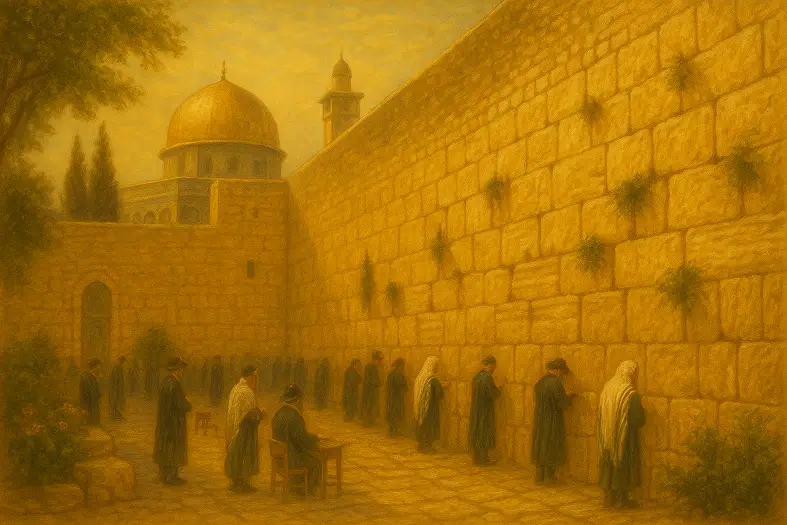


It is forbidden to slaughter the Korban Pesach while chametz remains in one’s possession.
The Torah forbids slaughtering the Korban Pesach while chametz remains in the house or domain of the owner. This mitzvah emphasizes the incompatibility of chametz — symbol of arrogance and corruption — with the Paschal offering, which recalls humility, redemption, and devotion. Rambam (Hilchot Korban Pesach 1:5–6) rules that one who slaughters the Pesach with chametz in possession violates this prohibition, even if the chametz is not eaten.
Sefer HaChinuch (Mitzvah 487) explains that chametz represents spiritual puffiness, pride, and distance from Hashem. By forbidding it at the time of the Pesach, the Torah instills humility and purity during the reenactment of redemption. The Talmud (Pesachim 63b–64a) establishes that chametz must be entirely removed before slaughter. Rashi (Ex. 23:18) comments that this mitzvah ensures the Pesach remains untainted by the antithesis of its meaning. Ramban adds that chametz and Pesach are polar symbols — the first of sin, the second of salvation.
Commentary & Classical Explanation:
Contrast with Not Eating Chametz on Pesach (Mitzvah 110):
Parallel to Burning Chametz (Mitzvah 109):


Concerns the Beit HaMikdash, korbanot (offerings), and priestly service.
Represents the concept of spiritual intentionality, purity, and sanctity—set apart for a higher purpose.
Signifies awe and reverence toward Hashem—living with awareness of His greatness and presence.
Represents Emunah—the deep, inner trust in Hashem’s presence, oneness, and constant involvement in our lives. This badge symbolizes a heartfelt connection to G-d, rooted in belief even when we cannot see. It is the emotional and spiritual core of many mitzvot.
Mitzvot related to the Jewish festivals — their observance, rituals, prohibitions, and spiritual significance. This includes Torah-commanded holidays like Pesach, Shavuot, and Sukkot, as well as rabbinic celebrations such as Purim and Chanukah.
Mitzvot that define and deepen the relationship between a person and their Creator. These include commandments involving belief, prayer, Shabbat, festivals, sacrifices, and personal holiness — expressions of devotion rooted in divine connection.

Dive into mitzvot, prayer, and Torah study—each section curated to help you learn, reflect, and live with intention. New insights are added regularly, creating an evolving space for spiritual growth.

Explore the 613 mitzvot and uncover the meaning behind each one. Discover practical ways to integrate them into your daily life with insights, sources, and guided reflection.

Learn the structure, depth, and spiritual intent behind Jewish prayer. Dive into morning blessings, Shema, Amidah, and more—with tools to enrich your daily connection.

Each week’s parsha offers timeless wisdom and modern relevance. Explore summaries, key themes, and mitzvah connections to deepen your understanding of the Torah cycle.